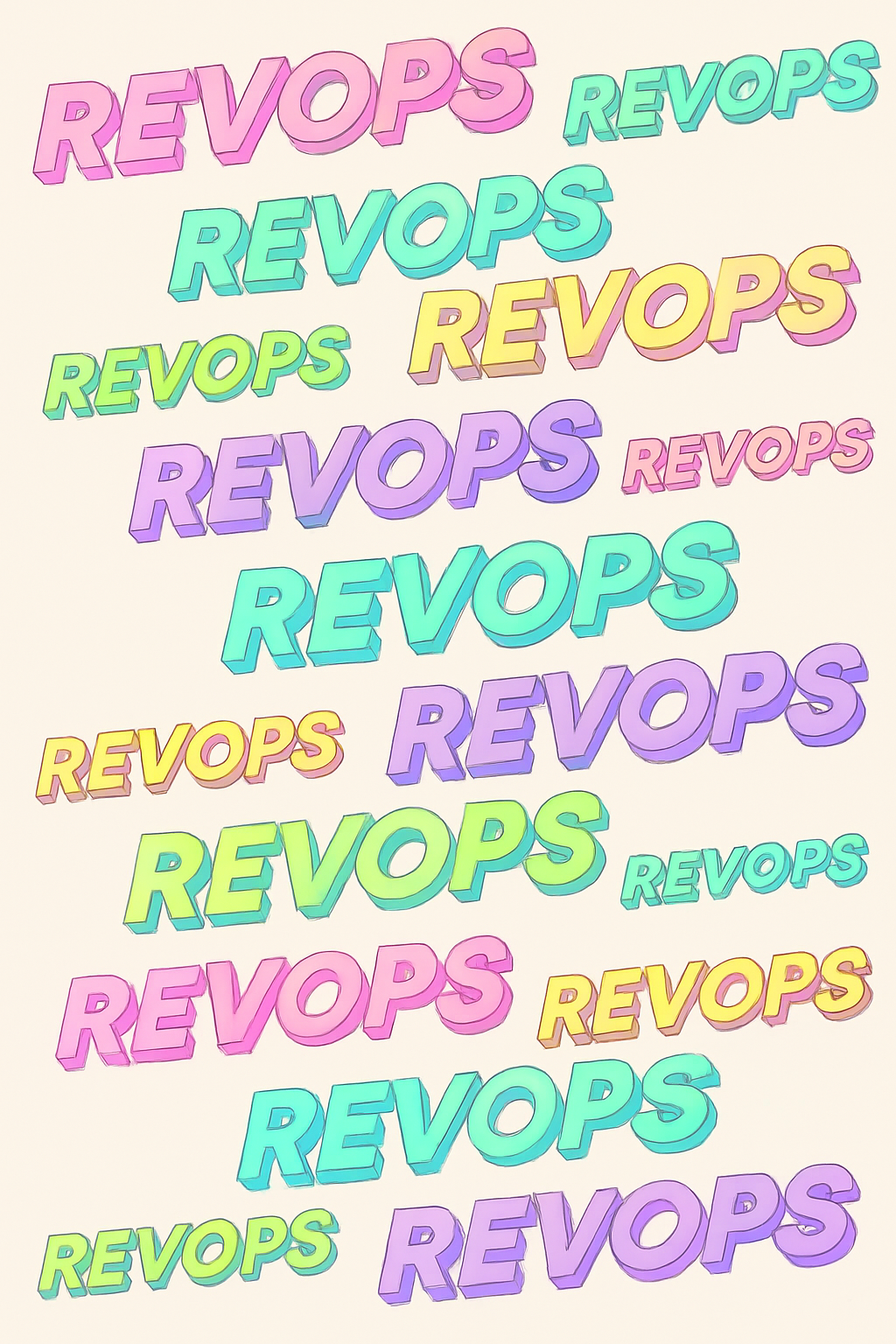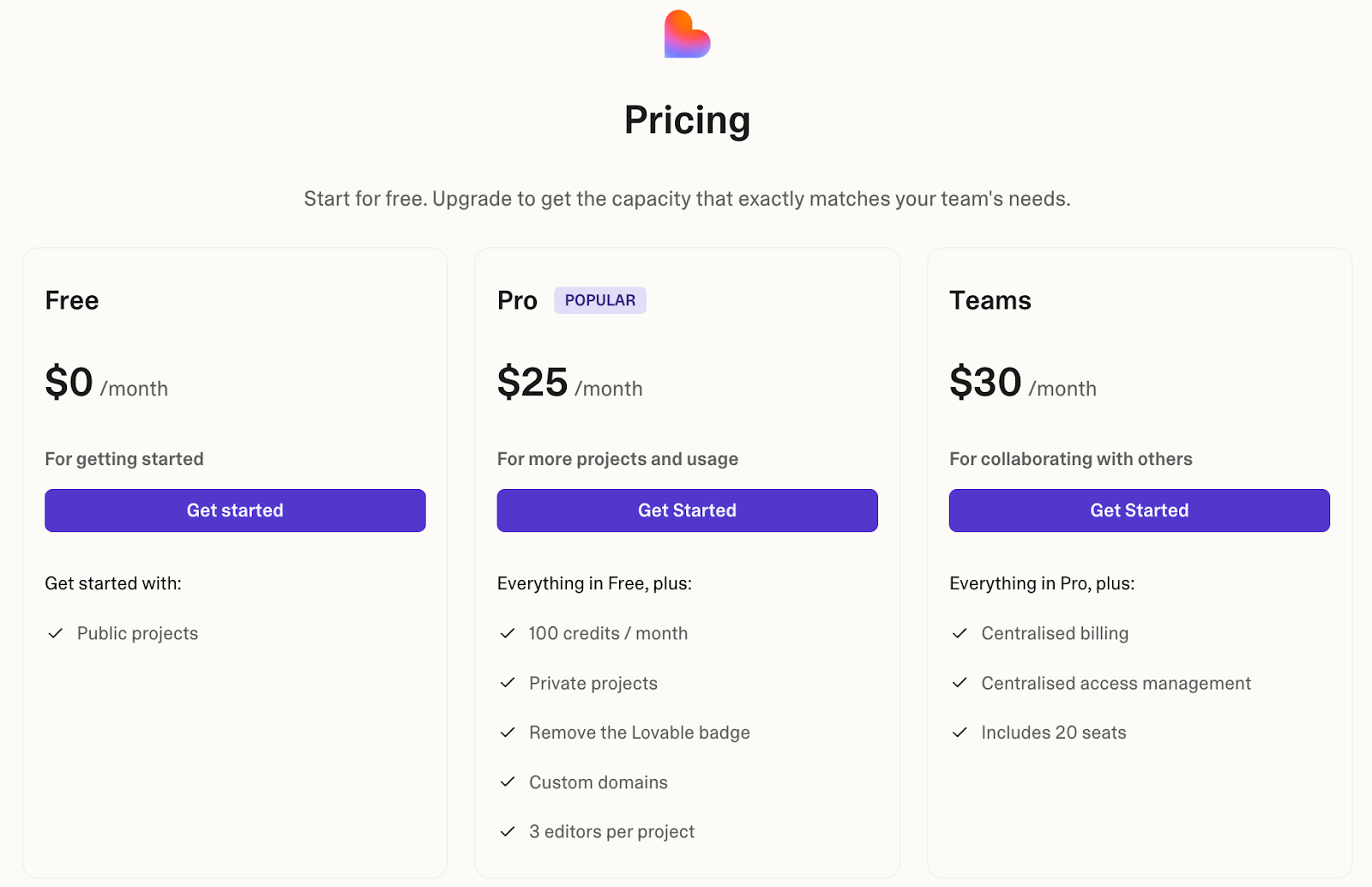Choosing the Right CPQ for Salesforce with Stripe Billing
Finding the right CPQ for Salesforce that works seamlessly with Stripe Billing is harder than it looks. Most vendors either push their own billing engine or add extra layers of complexity. Limio for Salesforce takes a different approach. Built natively on Lightning Flow and Lightning Web Components, Limio lets Salesforce admins manage quoting directly in Salesforce while keeping Stripe Billing as the source of truth. No rip & replace, no duplicate catalogues, just Salesforce-native CPQ integrated with Stripe and ready for omnichannel subscription commerce and PLG.

Choosing the Right CPQ for Salesforce with Stripe Billing
Subscription businesses need two things to scale: sales governance in Salesforce and billing in Stripe. The challenge is finding a CPQ that truly integrates with Stripe Billing without adding unnecessary complexity or competing billing engines.
The CPQ and Stripe Billing Landscape
- Native Stripe tools
Stripe Quotes provide simple quoting that flows into Stripe Billing. They’re fine for basic catalogues, but they don’t support Salesforce-native approvals, multi-year terms, or advanced workflows. - Standalone CPQ vendors
Vendors like Hyperline promote their Stripe integrations, but their business models hinge on selling their own billing software. For example, Hyperline advertises a “Stripe Billing integration”, yet in their own documentation they recommend “using Hyperline as your full billing platform”. In practice, it’s a widget that sits on top of their proprietary billing system rather than a native, Salesforce-embedded experience.This means there’s no deep connection with the Salesforce platform — no Lightning Flows, Lightning Web Components, Salesforce Approvals, or use of the platform’s automation and data tools that Salesforce administrators rely on. Stripe is treated as optional rather than as the system of record. As a result, customers risk duplicating their billing stack instead of strengthening Stripe. - Salesforce CPQ
Salesforce CPQ is powerful and Stripe Billing offers a connector to it. However, Salesforce CPQ is also end of sale, which means no long-term visibility and a costly migration to Revenue Cloud Advanced on the horizon. Given that Revenue Cloud Advanced offers recurring billing capabilities and competes with Stripe Billing, it is unclear what the level of support between the two providers will be.
Where Limio for Salesforce Fits
Limio is built differently.
- Salesforce-native CPQ: Limio is built on Lightning Flow, Lightning Web Components, and Salesforce Platform Events. That means Salesforce admins can configure, customise, and extend Limio CPQ functionality using the same tools they already know. No external platform, no steep learning curve.
- Direct integration to Stripe Billing: Subscriptions, invoices, and payments flow seamlessly into Stripe. Stripe stays the source of truth - no duplication, no reconciliation issues.
- No rip & replace: Unlike standalone CPQ vendors that want to replace Stripe Billing with their own billing system, Limio fits into your existing stack. You keep Salesforce for CRM, Stripe for billing, and simply add Limio for Salesforce-native CPQ and commerce.
- Omnichannel subscription commerce: Limio goes beyond sales-led quoting. It powers product-led growth with self-service portals and Partner Relationship Management with partner portals - all working well with a Salesforce and Stripe ecosystem.
- Support for PLG: From free-to-paid conversions to trial upgrades and upsell journeys, Limio enables PLG motions while keeping Stripe Billing intact.
Why This Matters
If you’ve standardised on Stripe Billing, adopting a CPQ that introduces its own billing system is a step backwards. With Limio for Salesforce, you:
- Stay native to Salesforce for quoting and workflows
- Keep Stripe Billing as the billing engine of record
- Avoid rip & replace scenarios
- Support omnichannel sales and PLG on top of the same stack
Conclusion
Most CPQ vendors today are nudging customers toward their own billing software. Limio takes the opposite stance. We respect Stripe as the best-in-class billing engine and extend it natively into Salesforce. If you want Salesforce-native CPQ with Stripe Billing at the centre - without a rip & replace - get in touch with Limio.
Other posts you may like

Can you run PLG on Stripe Billing as a scale-up?
As a scale-up, you may be asking whether Stripe Billing can support product led growth, enterprise sales, and partner channels all at once. The answer is sometimes, but not without friction. Stripe Billing is excellent at payments and subscriptions, yet when you push beyond simple self service, the gaps show up quickly.
.jpg)
Which platforms allow you to unify sales-assisted and product-led growth (PLG) motions?
Modern businesses often need to support sales-assisted deals (via sales reps and CRM) and product-led growth (via self-serve web purchases). Achieving this means integrating your Salesforce CRM with e-commerce/self-service capabilities like Limio, CPQ tools, and a backend billing system. Let's dive in the options.

Omnichannel CPQ: The Next Frontier for High‑Velocity SaaS Sales
SaaS buyers don’t stick to one channel—and your quoting process shouldn’t either. Whether it starts with a sales rep, an online checkout, or a partner, today’s Revenue Ops teams need quoting that flows across every touchpoint. This post breaks down what omnichannel CPQ really means, why it matters now, and how to avoid the usual traps like billing lock-in, slow rollouts, and disconnected systems. If you’re selling to SMBs or freelancers with hybrid go-to-market motions, and struggling to keep pricing consistent across Salesforce and your storefront, this is your guide to doing CPQ the modern way.
Other posts you may like

Can you run PLG on Stripe Billing as a scale-up?
As a scale-up, you may be asking whether Stripe Billing can support product led growth, enterprise sales, and partner channels all at once. The answer is sometimes, but not without friction. Stripe Billing is excellent at payments and subscriptions, yet when you push beyond simple self service, the gaps show up quickly.
.jpg)
Which platforms allow you to unify sales-assisted and product-led growth (PLG) motions?
Modern businesses often need to support sales-assisted deals (via sales reps and CRM) and product-led growth (via self-serve web purchases). Achieving this means integrating your Salesforce CRM with e-commerce/self-service capabilities like Limio, CPQ tools, and a backend billing system. Let's dive in the options.

Omnichannel CPQ: The Next Frontier for High‑Velocity SaaS Sales
SaaS buyers don’t stick to one channel—and your quoting process shouldn’t either. Whether it starts with a sales rep, an online checkout, or a partner, today’s Revenue Ops teams need quoting that flows across every touchpoint. This post breaks down what omnichannel CPQ really means, why it matters now, and how to avoid the usual traps like billing lock-in, slow rollouts, and disconnected systems. If you’re selling to SMBs or freelancers with hybrid go-to-market motions, and struggling to keep pricing consistent across Salesforce and your storefront, this is your guide to doing CPQ the modern way.

RevOps at Scale: Connecting PLG, Sales, and Partners in One Flow
In SaaS, revenue growth depends on multiple channels — product-led, sales-led, and partner-led — yet most companies manage each in isolation. This fragmentation forces RevOps teams to juggle disconnected tools like Salesforce, Zuora, and partner portals, slowing growth and creating friction for customers. A connected RevOps model changes that. By unifying offers, quotes, and orders across all channels, companies can deliver consistent pricing, seamless buying experiences, and real-time data synchronisation. The result is fewer leaks, faster revenue cycles, and RevOps teams that focus on scaling rather than fixing broken processes.
.jpg)
Why Most SaaS Renewal Experiences Still Feel Broken
In subscription businesses, acquisition gets all the attention. Launch campaigns, free trials, and signups are celebrated. But when it comes time for customers to renew, the experience is often neglected. Instead of reinforcing trust and value, renewals often feel clunky: emails get lost, sales reps chase down signatures, or customers are left unsure what price they will pay, upsell opportunities are lost. What should be a seamless moment becomes a source of friction.

How (and Why) Fast-Growing SaaS Companies Evolve Their Pricing Every Quarter
Pricing is not a one-off task but an ongoing discipline. In fast-moving SaaS markets, static pricing quickly slows growth. The best SaaS teams treat pricing as an operating rhythm, not a special project. They review and adjust every quarter to reflect shifts in product, segment, and competition. Without this agility, companies risk undercharging power users, overcharging small customers, and turning every commercial update into an engineering project. Modern SaaS leaders avoid this trap by empowering business teams to make pricing changes directly and measure results rapidly. With Limio, pricing updates are instant, coordinated across every channel, and integrated with CRM and billing systems.